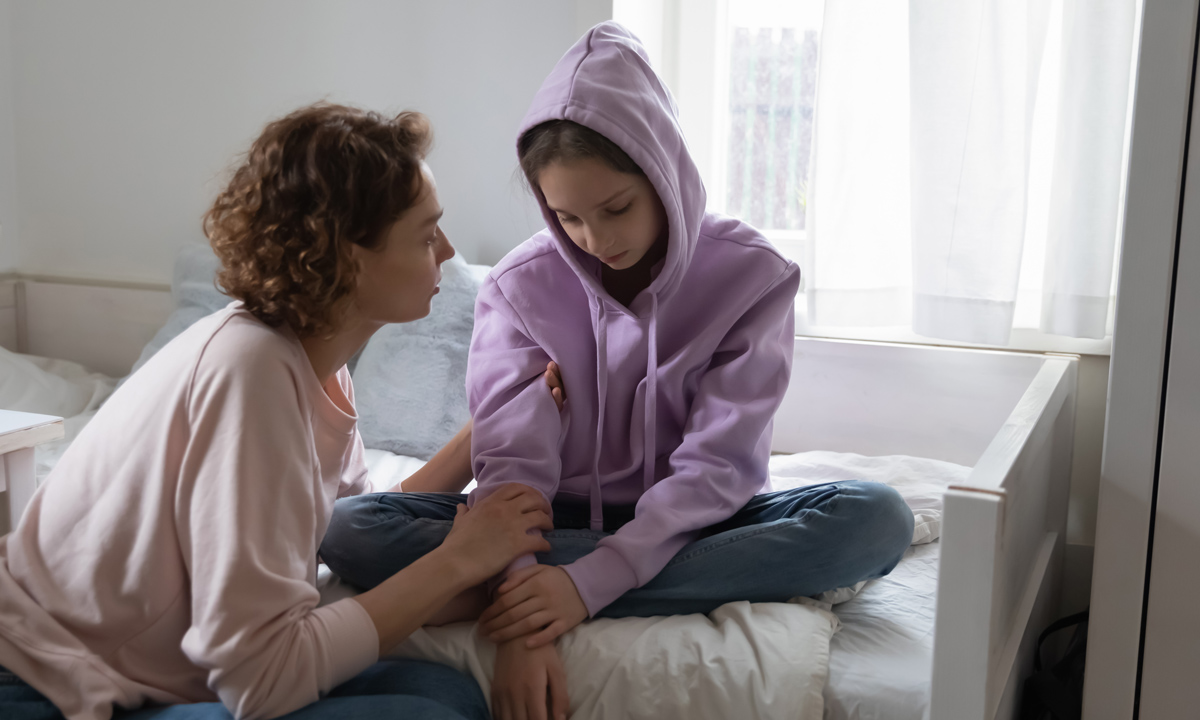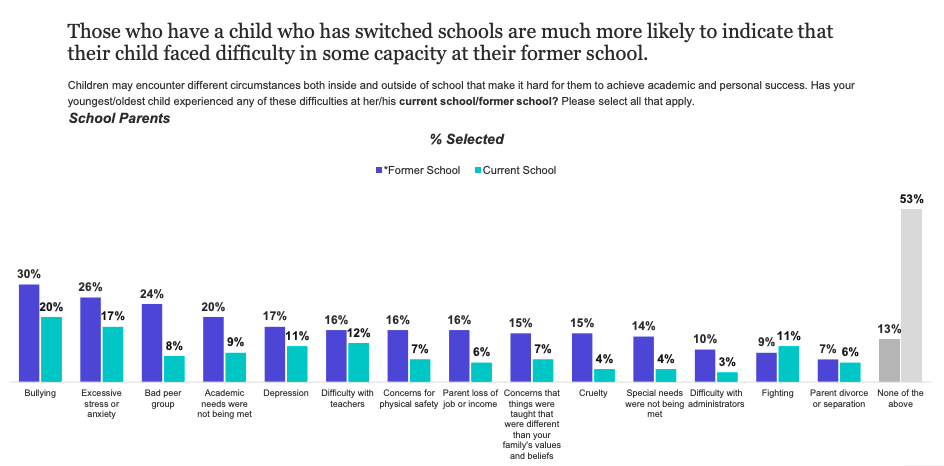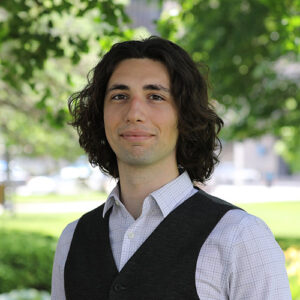Bullying, Teen Mental Health, Suicide: How School Choice Could Save Lives
Kristof: Parents who transfer their kids to another school most often cite bullying as the reason. But many students without alternatives are stuck

Get stories like this delivered straight to your inbox. Sign up for The 74 Newsletter
Some education environments aren’t just subpar academically; they are catastrophic for students’ mental well-being. And if those students have nowhere else to go, the consequences can be deadly.
Dramatic as it may sound, this is not mere conjecture. A December 2022 National Bureau of Economic Research working paper found that teen suicide rates plummeted in March 2020, when schools across the United States closed their doors and shifted learning online. Using national county-level data, the researchers found that teen suicide rates generally did not rise again until the month local schools returned to in-person learning. All else being equal, a return to in-person learning meant an increase in teen suicides of between 12% and 18%.
The study even offers some compelling evidence for the prime suspect at play — based on the Youth Risk Behavior Survey, bullying victims were found to be more than three times likelier to attempt suicide than students who were not bullied. Using the survey and Google Trends data, the study finds bullying likely plummeted when schools went remote and rose again when in-person schooling returned. Cyberbullying also appeared to decline as long as school was remote.
Putting the pieces of this study together, a troubling story emerges. For some teenagers, school shutdowns were welcome reprieves from oppressive environments driven, most likely, by bullying from their peers. When in-person schooling returned, so did bullying and higher suicide rates.
This connection is especially concerning considering how many children are bullied. A pre-COVID study from the Government Accountability Office found that about one-fifth of K-12 students experience bullying each year. Their experiences can vary — even in top-rated schools, kids can be subjected to mockery and humiliation so distressing that they experience physical health issues. Other threats can be scarily obvious, such as unprovoked and unpunished physical assault.
It’s hard to imagine kids learning well under this kind of duress.

It’s no surprise, then, that EdChoice/Morning Consult polling finds safety consistently ranks among the top factors parents consider when evaluating schools. And among parents who transferred their children, whether between public, private, charter schools or homeschooling, bullying was the most-cited reason. A change of environment appears helpful in some cases — parents who switched their kids’ school type are less than half as likely to say their children are experiencing bullying at their new school as at the previous one.
Unfortunately, many children who are bullied don’t have legal, financially feasible education alternatives. Considering the importance of safety concerns to lower-income parents in particular, it’s easy to imagine that even more families would look for new schools if it were legally and financially viable.
By extension, one wonders whether some teenage suicide victims could have been saved if they and their families had other accessible education options.
Many states forbid enrolling children in a public school to which they are not residentially assigned. Some localities protect their public education from outsiders especially aggressively, in some cases hiring private investigators to confirm residential addresses and pursuing criminal charges for those enrolling under false pretenses. In one especially high-profile case in Ohio in 2011, a Black mother living in public housing was imprisoned under felony charges for falsifying her address to get her kids into different public schools after they experienced bullying at their assigned schools.
America cannot pretend its K-12 education system serves everyone when it cares more about punishing supposed theft of public education than affirming the desire to leave a dangerous situation.
This is where school choice can come in. Through policies like open enrollment, charter schools and private school choice like education savings accounts, families can lift their children out of harmful environments without paying for a new home or pinching pennies for tuition. This can be a better option than simply homeschooling or enrolling in an online school, considering the drastic learning loss observed during COVID.
Sometimes another public school is all a struggling teen needs. A good public school system would have both in-district and cross-district open enrollment, and schools should have only limited and transparent reasons to reject transfers. But sometimes, for reasons as menial as transportation or as large as educational philosophy, emphasis or culture, a charter or private school could be a great alternative.
ESAs are the school choice program of the moment, with five universal programs passing in the last two years. Unlike school vouchers, ESAs can be used for any mix of public and private courses, as well as tutoring, therapy and other educational resources outside of school. Florida’s Hope Scholarship vouchers have granted reprieves to bullied students through private schools for five years, and adding the customizability of ESAs improves families’ ability to leave environments that are unsafe, while offering funding for supplemental services that could improve teenagers’ mental, emotional or academic well-being.
If reducing teen suicide is a worthy societal goal, then advancing educational freedom isn’t merely a good idea but can be the difference between life and death.
Get stories like these delivered straight to your inbox. Sign up for The 74 Newsletter

;)
